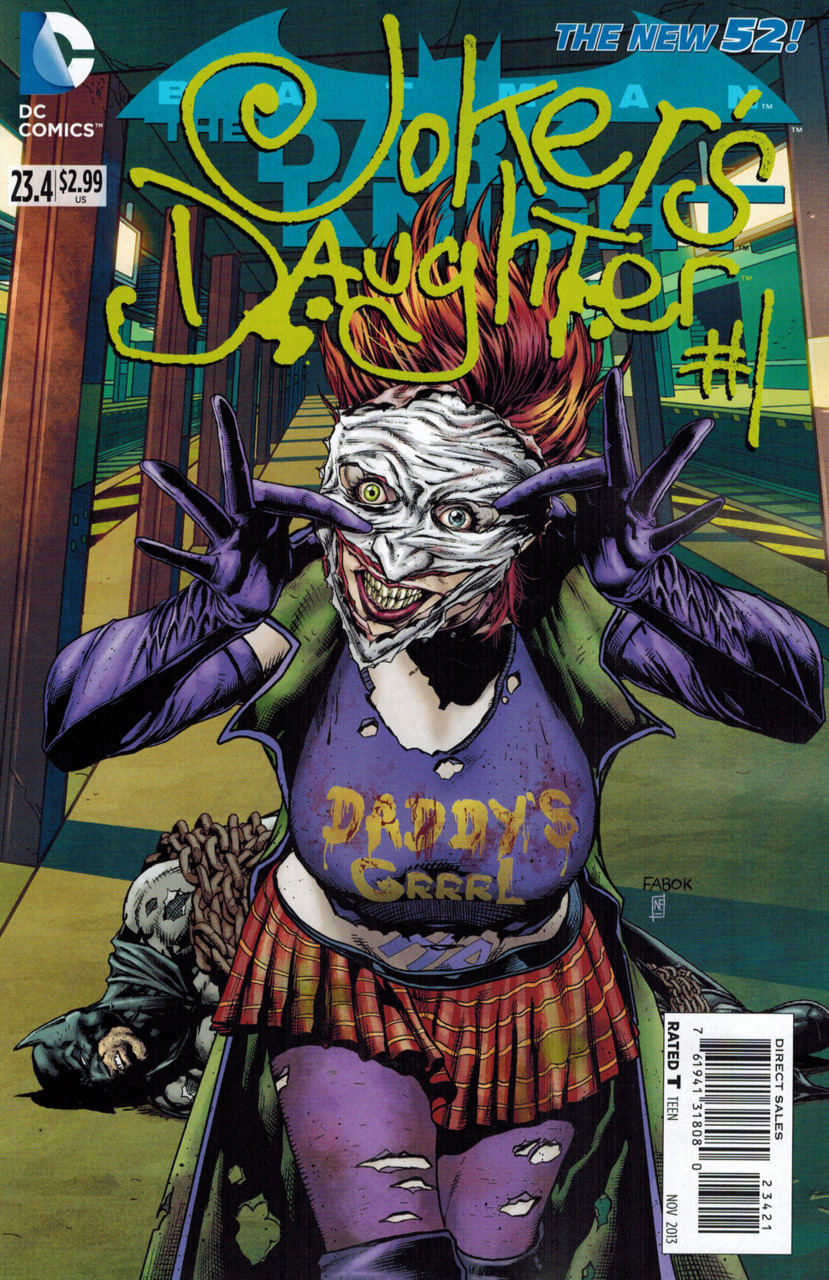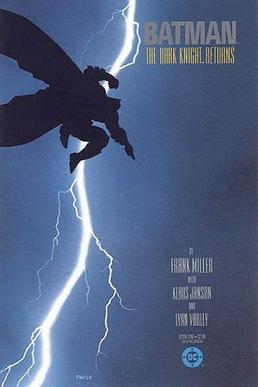

While I’ve done my due diligence in familiarizing myself with the context and history around each work-often that context is necessary to be able to close-read a work at all-history will not be the focus of these articles. “Comic-ary.” The way that it was fluent and artistic was inextricable from the fact that it was expressed via this popular, visual idiom. Something essentially and unapologetically comic-like. I came away from The Dark Knight Returns thinking that it was wrong to call it “literary.” It was something else. Perhaps more importantly, they made me get what comics even were. I’ve chosen the works that I have because they made me go Aha! They made me get what comics could do, why I was bothering with the medium in the first place.

The purpose of this series is to close-read works that are generally considered to be classics of the comics form and hopefully help illuminate just that: what makes them so good. But how do you distinguish between what’s good and what’s simply well-loved or well-known? So many artworks get called “classic” that it’s easy to forget why they earned that label.

It is, essentially, the inspiration for this column. A Classical Education The Dark Knight Returns: Art Makes Sense If You Force It ToĪbout six months ago I decided to get into comics and made the mistake of starting with The Dark Knight Returns, Frank Miller’s 1986 portrait of a middle-aged Batman, and a work of art so good I’ve been comparing every comic to it since.


 0 kommentar(er)
0 kommentar(er)
